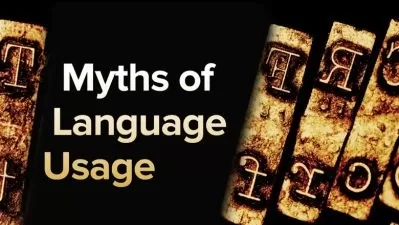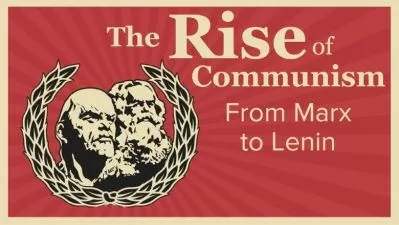History of the Supreme Court
Peter Irons
18:08:13
Description
For more than two centuries, the Supreme Court has exerted extraordinary influence over the way we Americans live our daily lives. The Court has defined the limits of our speech and actions since its first meeting in 1790, adding to our history books names such as John Marshall, Louis Brandeis, Hugo Black, Earl Warren, Thurgood Marshall, Warren Burger, William Rehnquist, and many others.
Have you ever wondered what goes into shaping the Court's decisions—or the beliefs of its justices? Or how the nine justices blend divergent and often strongly conflicting philosophies to reach decisions that reflect consensus—or sometimes fail to? How even a single change in the body of the Court can alter dramatically not only the Court's ideological balance but its cooperative chemistry, as well? Or what it sounded like in the Court as some of the most important cases in our history were argued?
The Powers of Law and Politics in the Judiciary
The History of the Supreme Court answers these questions and more as it traces the development of the Court from a body having little power or prestige to its current status as "the most powerful and prestigious judicial institution in the world." The course is taught by a professor schooled in law and politics—both of which are critical to understanding the Court—who is an honored teacher as well as an experienced advocate.
Professor Irons's experience includes initiating the case that ultimately cleared the records of three Japanese Americans whose convictions for resisting World War II internment had been upheld by the Court.
He has also discovered and made available to the public for the first time historic audio recordings of arguments begun during the era of Chief Justice Earl Warren.
Several historic recordings are highlighted in this course. You will have a front-row seat as you hear lawyers arguing before the Court—and the justices' replies. Among those you'll hear are:
- Dramatic moments from the debates in Roe v. Wade
- The voice of future Justice Thurgood Marshall, standing to defend the rights he had won four years earlier in Brown v. Board of Education, when the Court struck down the doctrine of "separate but equal" education that had endured since Plessy v. Ferguson in 1896.
Consensus ... Continuity ... Diversity
As he tells the Court's story, Professor Irons returns to the themes he declares have been critical to the Court's transformation into that "powerful and prestigious" institution:
- How the Court works to achieve consensus, even in the face of conflicting judicial views
- How the Court's decisions reflect changes in our society while still achieving the judicial continuity so essential to stability in the law
- How diversity in so many aspects of American society—and especially in race, religion, gender, or sexual orientation—has influenced both the Court's decisions and choices of cases.
The course is rich in biographical snapshots of the justices as well as the advocates who stood before them, and the dozens of ordinary men and women whose cases reached the court.
Meet the People who Made an Impact
You'll meet Chief Justice Roger Taney, John Marshall's proslavery successor, whose ruling in Dred Scott v. John Sandford—that no black man could be a citizen—is considered the Court's most shameful decision. At his death, one critic remarked that Taney had "earned the gratitude of his country by dying at last. Better late than never."
You'll encounter a man named Ernesto Miranda, whose 1966 case, Miranda v. Arizona, established the Miranda rights that have become standard procedure in police interrogations, and you'll listen to recordings of lawyers for both sides arguing the case.
Wide-ranging in scope, and clear and nuanced in its presentation, The History of the Supreme Court offers a fascinating look into a vital institution.
More details
User Reviews
Rating
Peter Irons
Instructor's CoursesDr. Peter Irons is Emeritus Professor of Political Science at the University of California, San Diego. He earned his undergraduate degree from Antioch College and his M.A. and Ph.D. in Political Science from Boston University. He earned his J.D. from Harvard Law School, where he served as senior editor of the Harvard Civil Rights-Civil Liberties Law Review. Before taking his position at San Diego, Professor Irons taught at Boston College Law School and the University of Massachusetts. He has been a visiting professor at several law schools and served as the Raoul Wallenberg Distinguished Visiting Professor of Human Rights at Rutgers University in 1988. A widely respected authority on the Supreme Court and constitutional litigation, Professor Irons wrote and edited 12 books, including Jim Crow's Children: The Broken Promise of the Brown Decision. His books have won an unprecedented five ìSilver Gavelî awards from the American Bar Association for their contributions to ìpublic understanding of the American legal system.î Professor Irons received Outstanding Teaching Awards from three of the UCSD colleges. Professor Irons is also an active civil rights and liberties lawyer, and belongs to several state and federal bars, including the United States Supreme Court.

The Great Courses
View courses The Great Courses- language english
- Training sessions 38
- duration 18:08:13
- Release Date 2023/05/09










